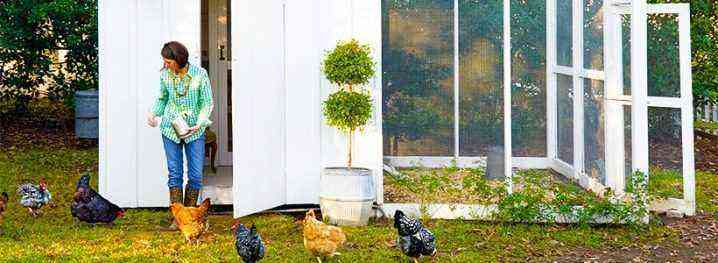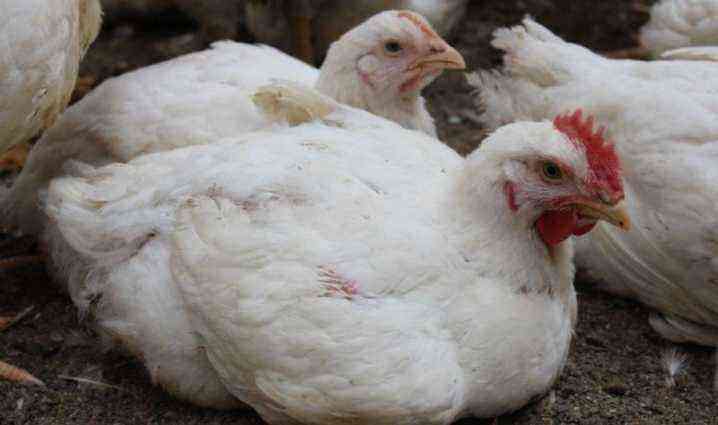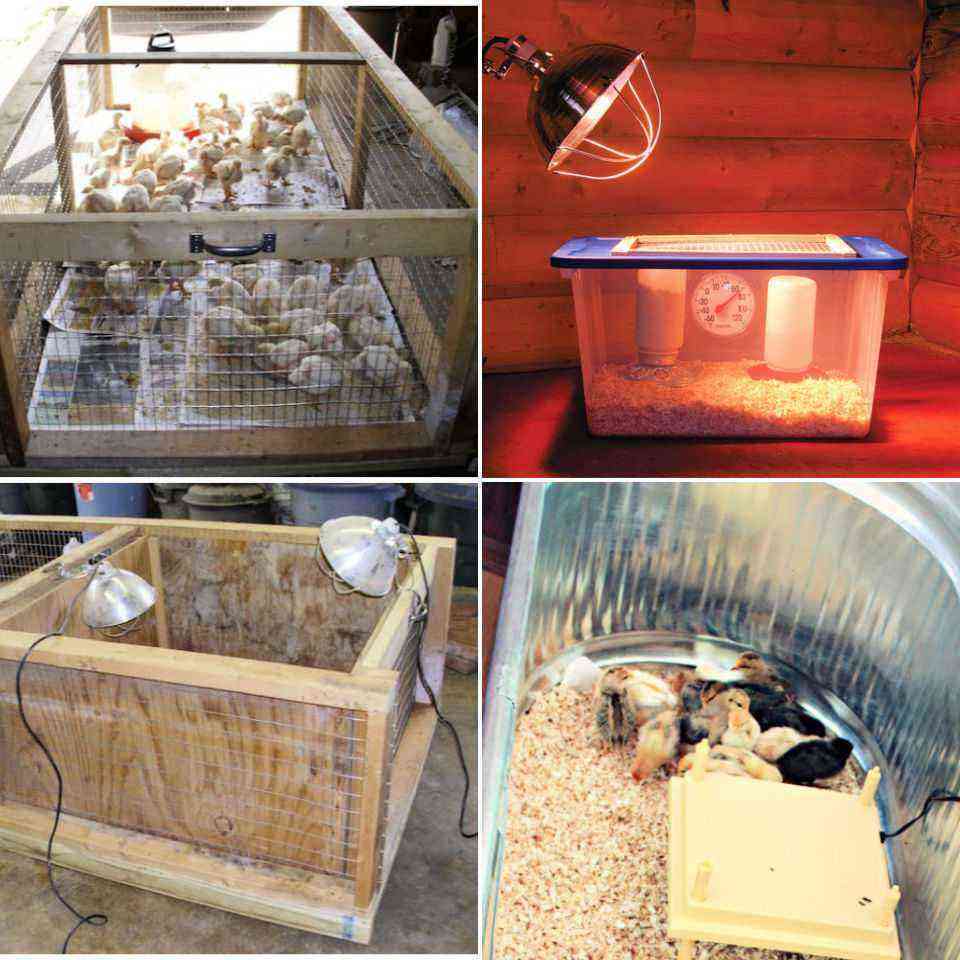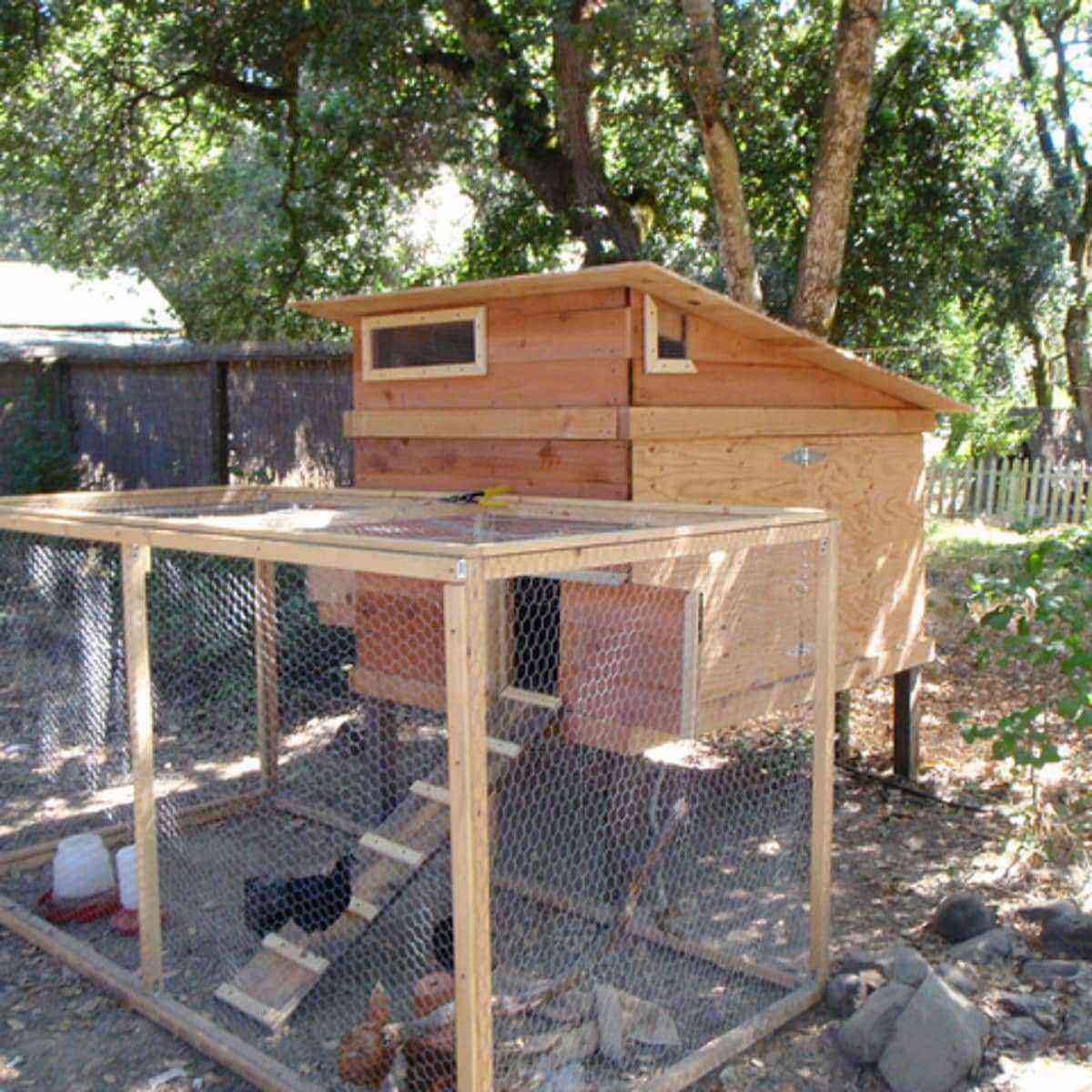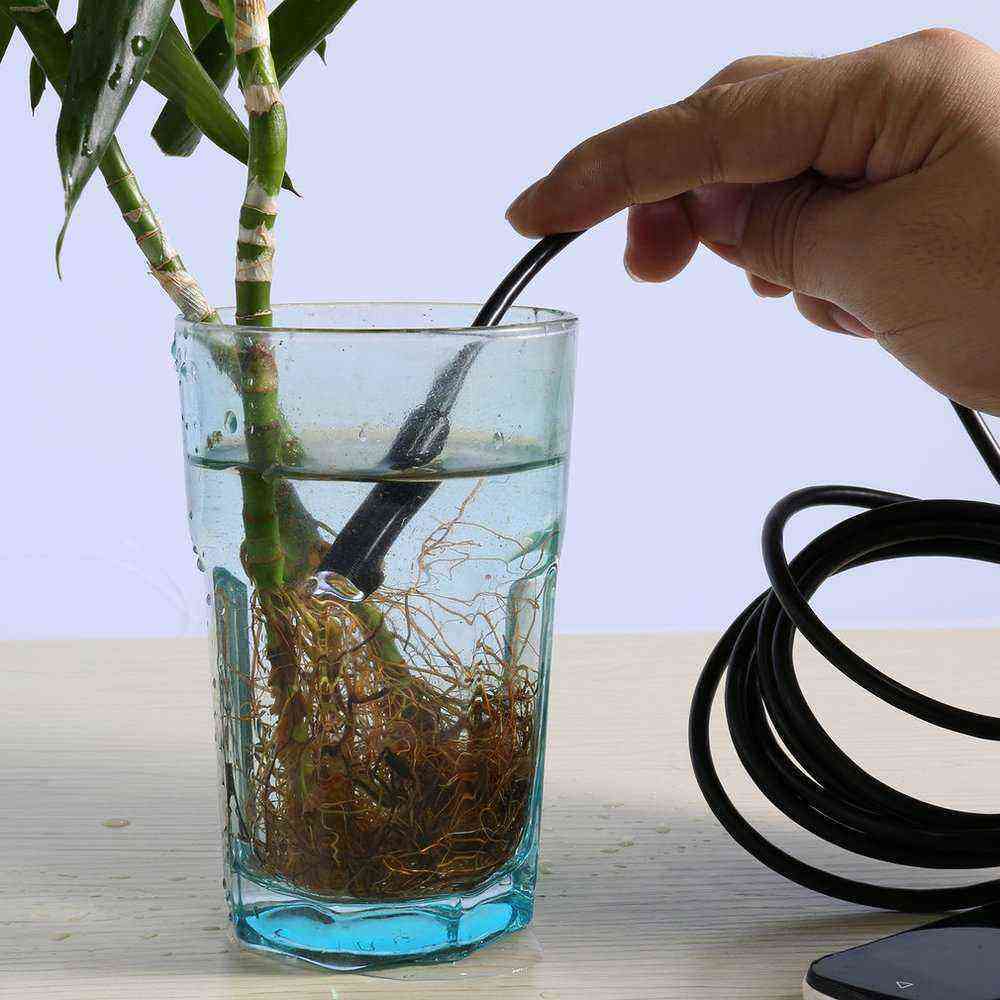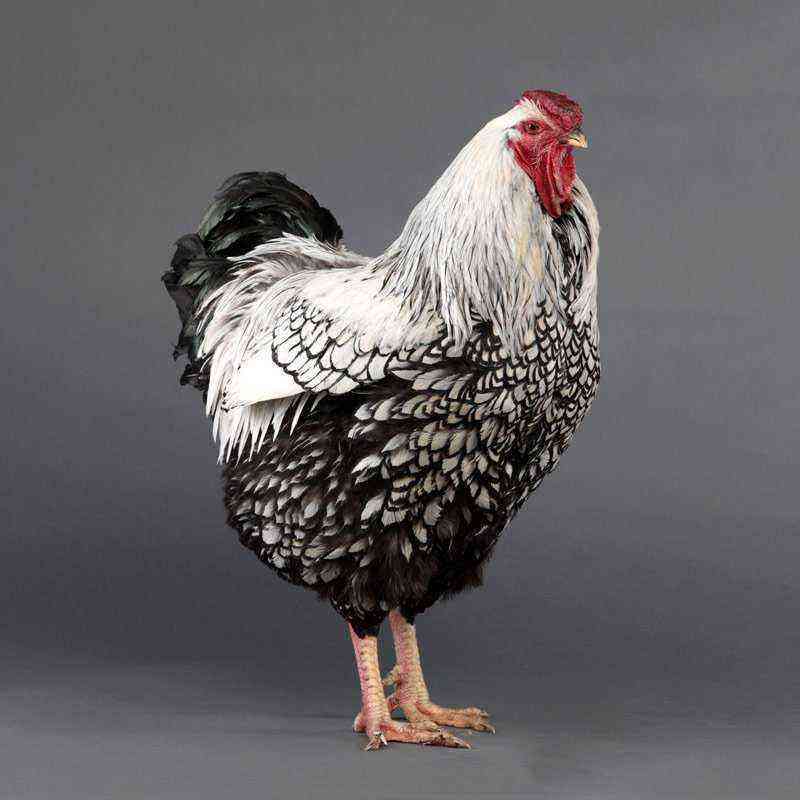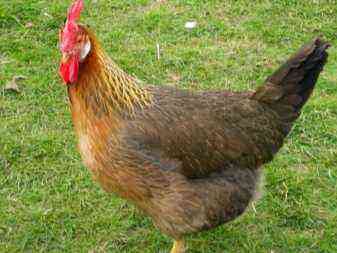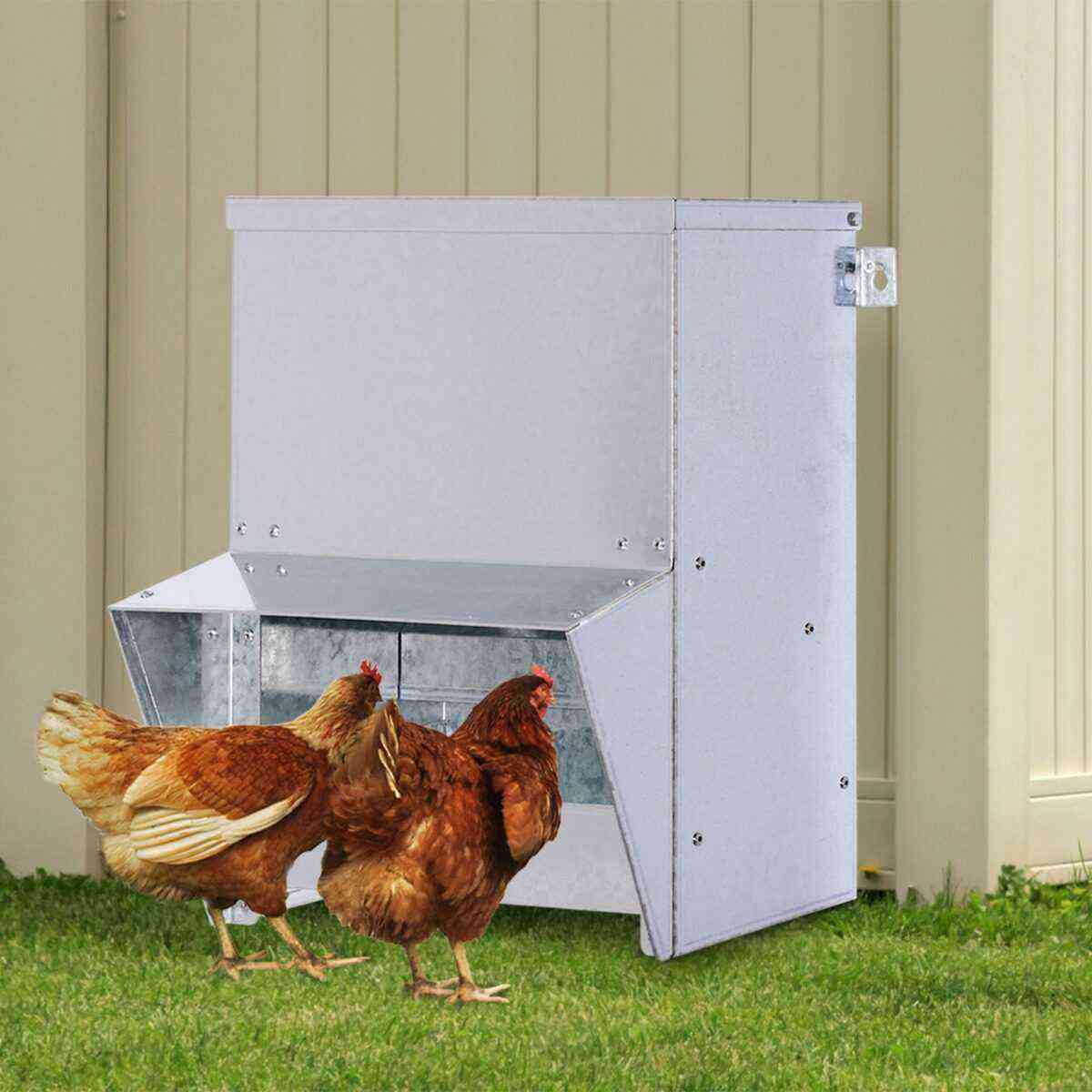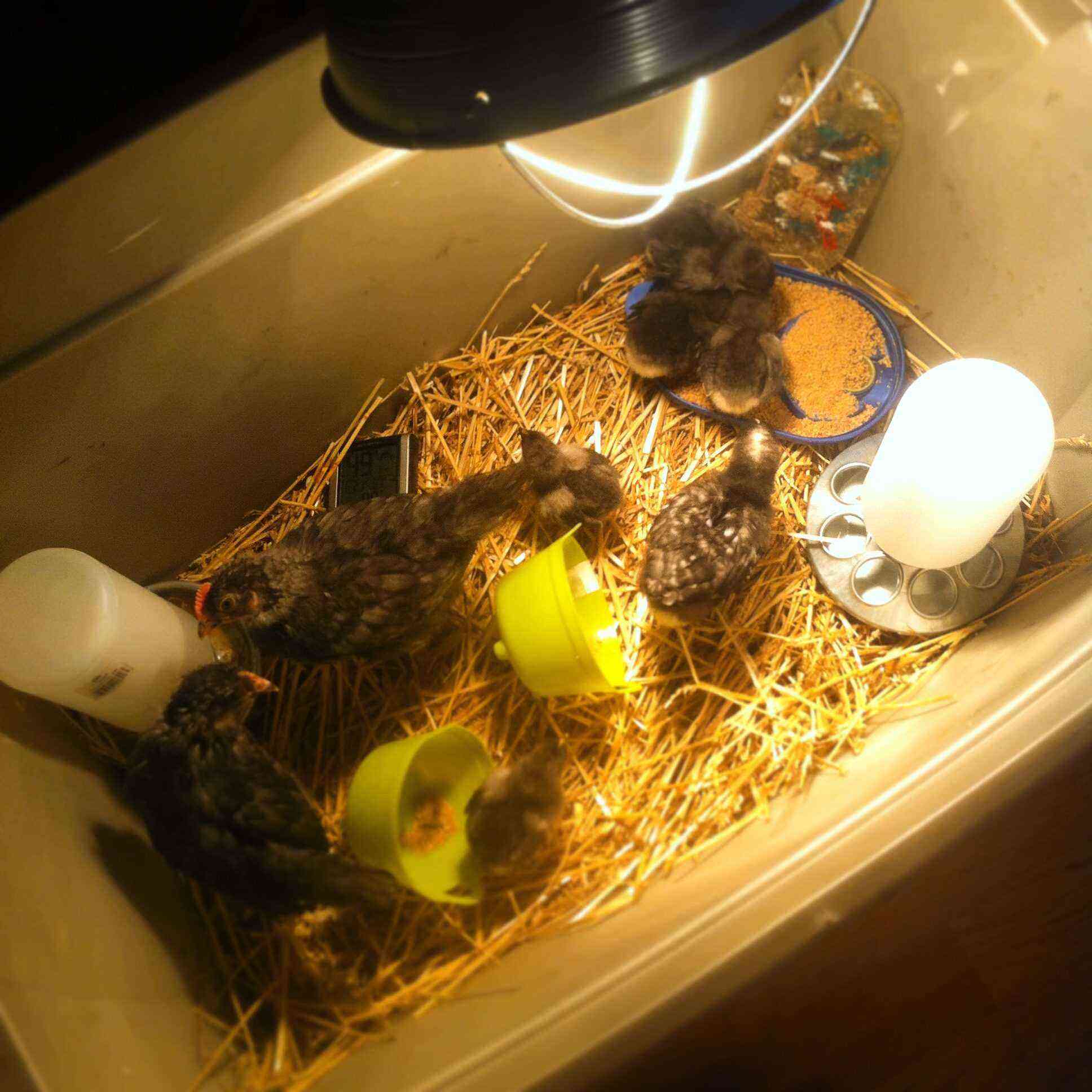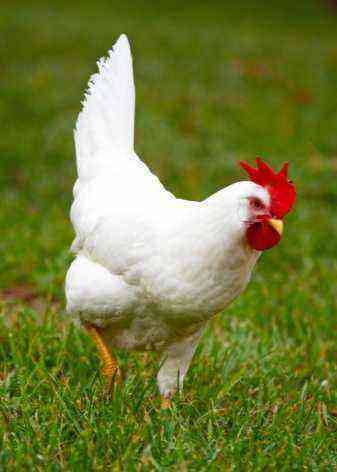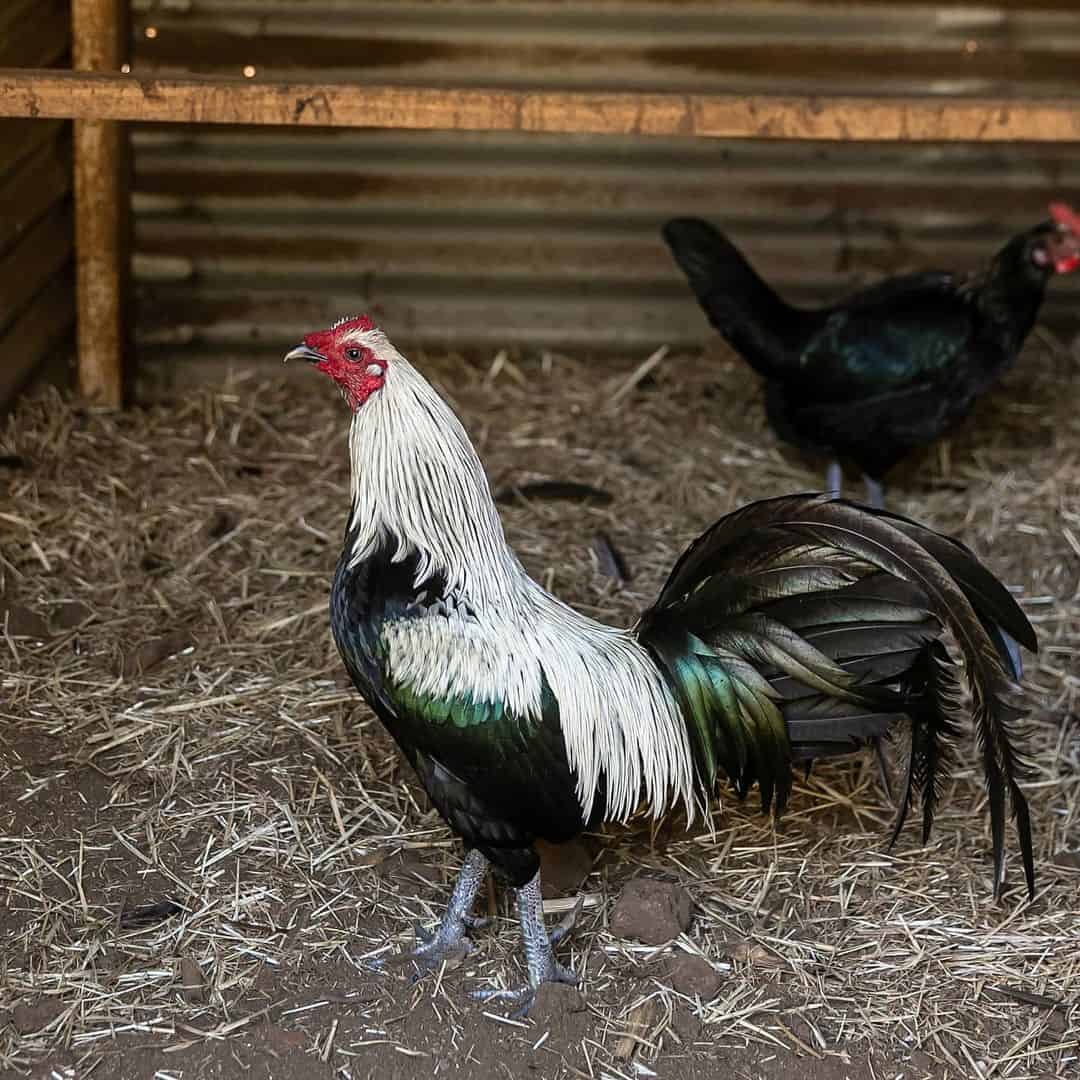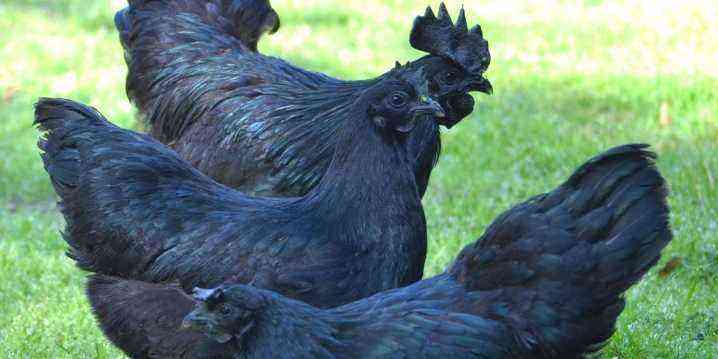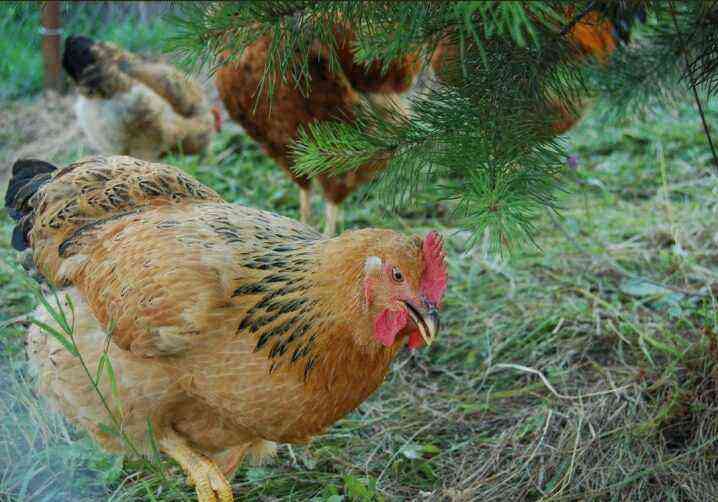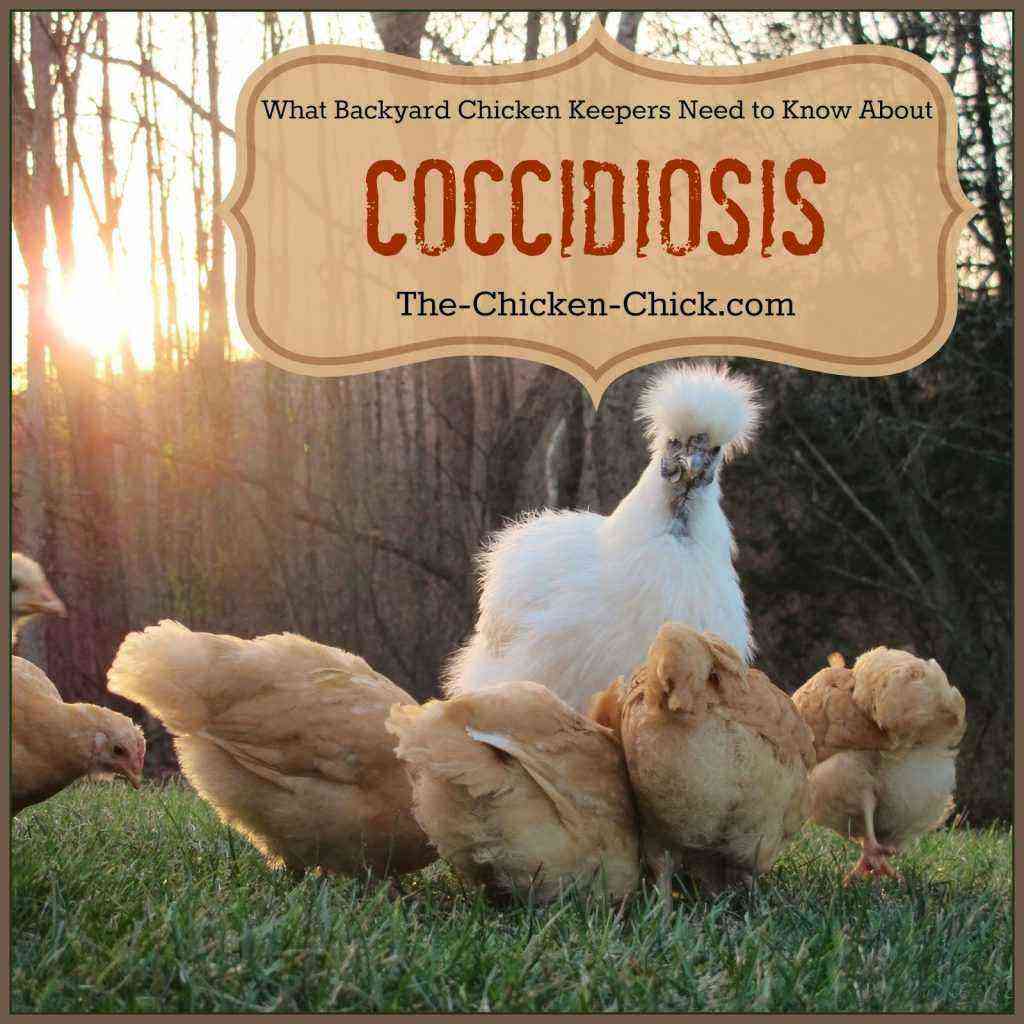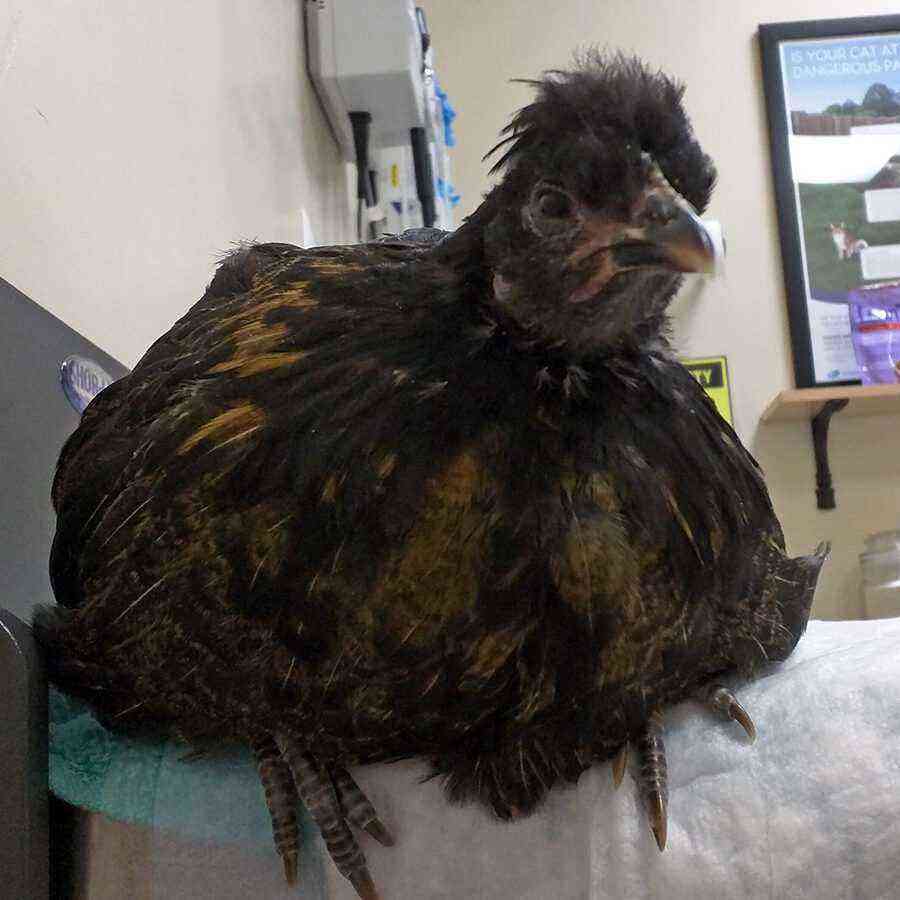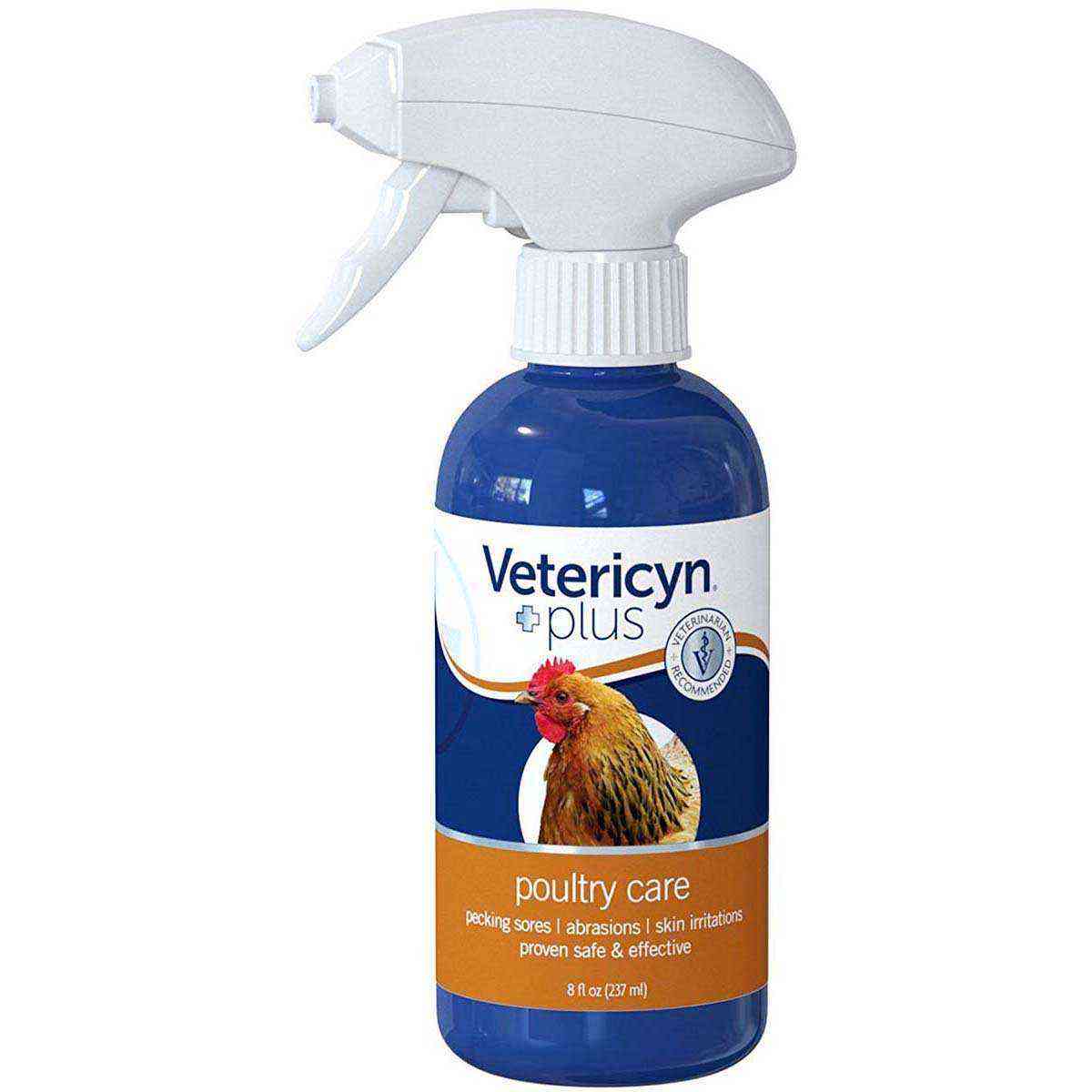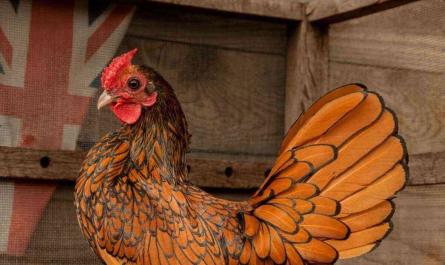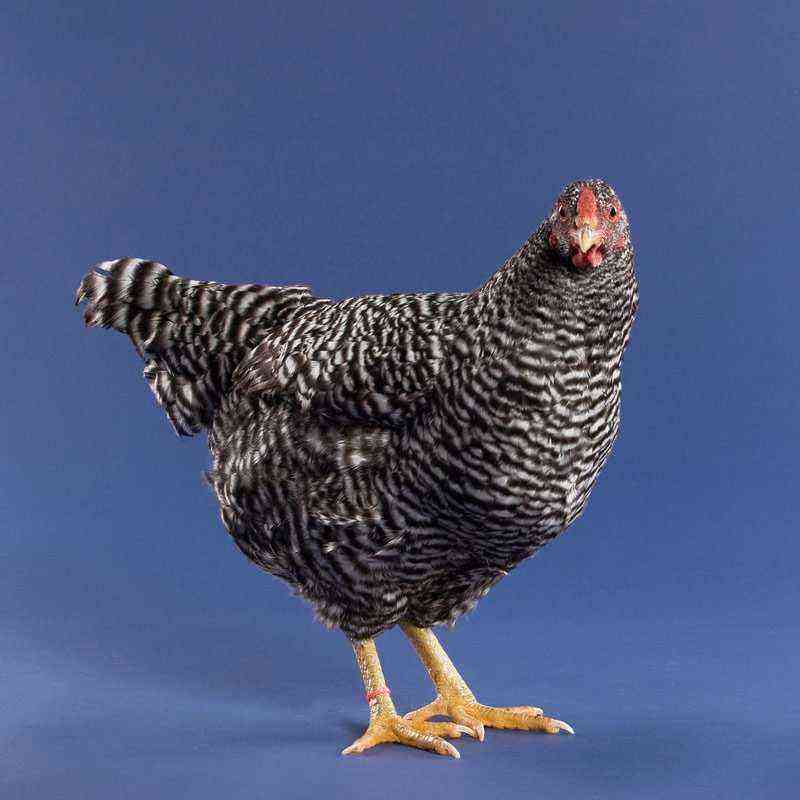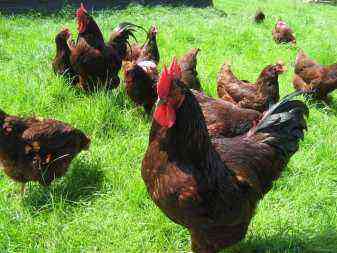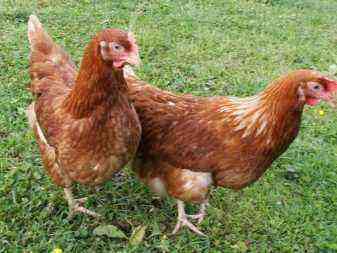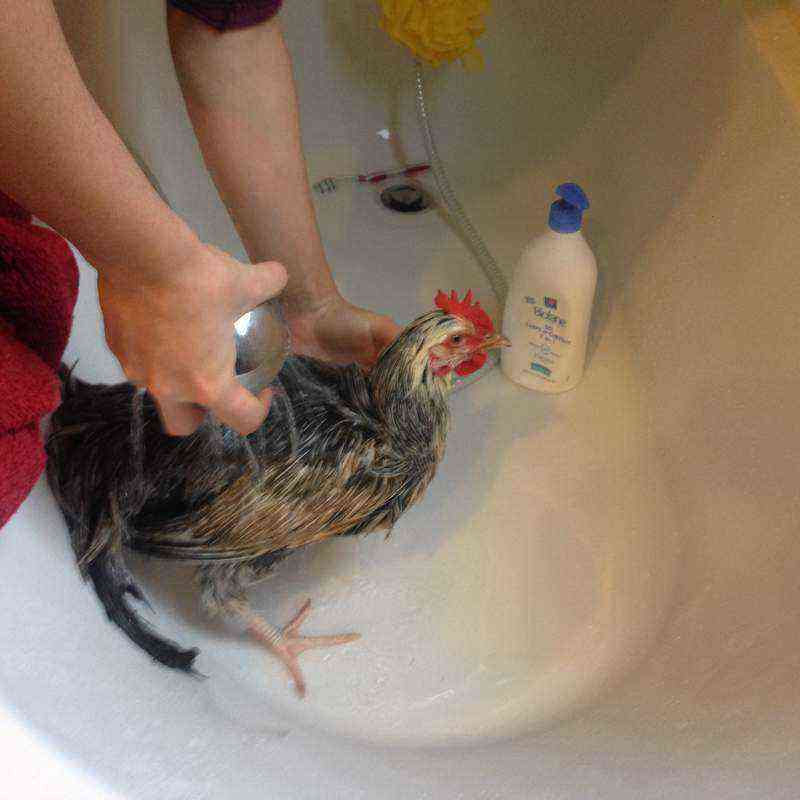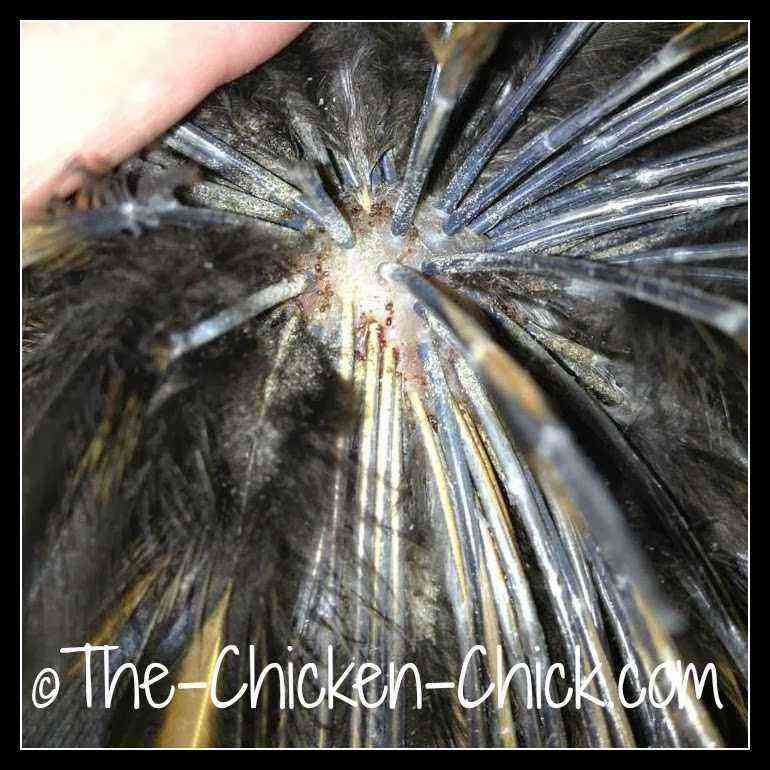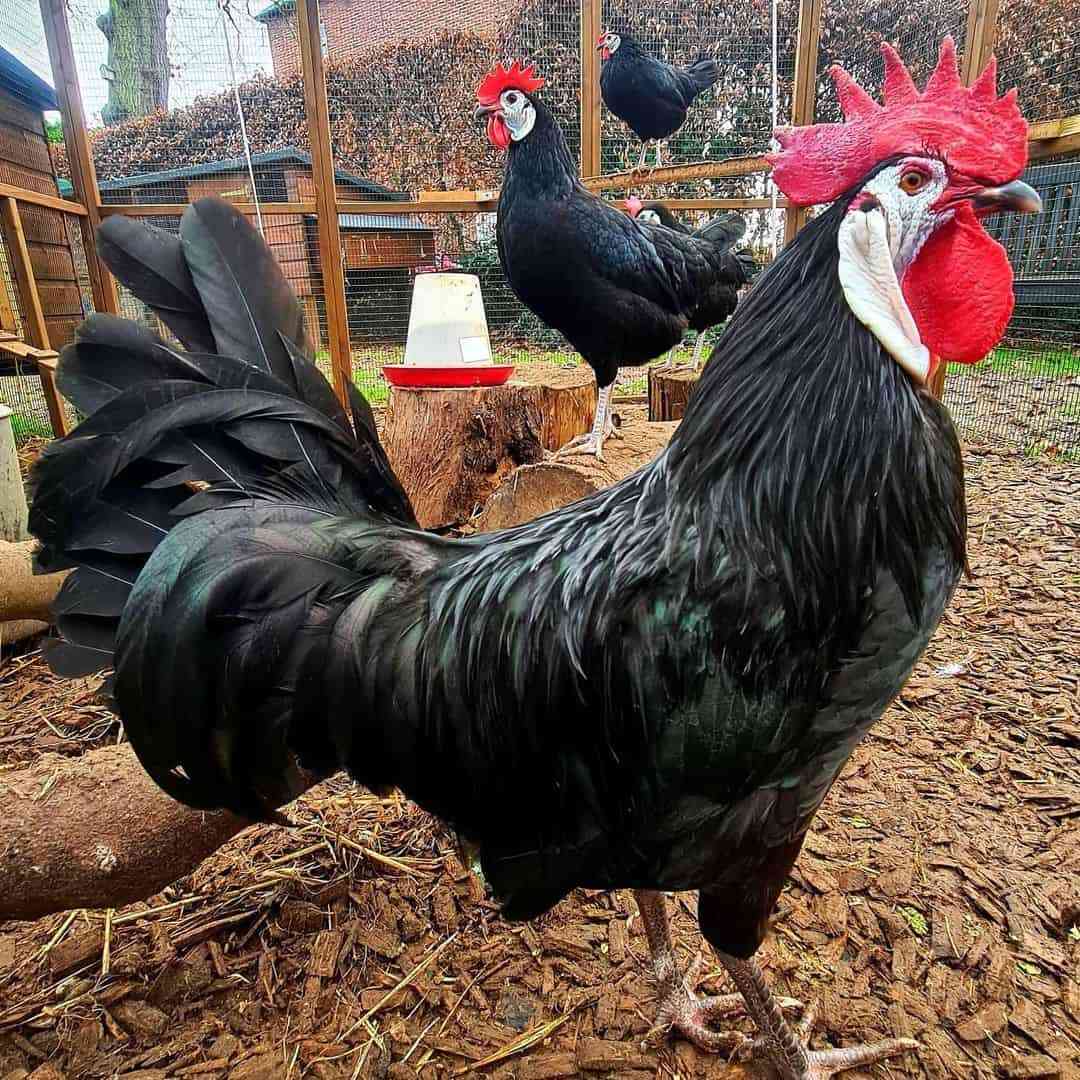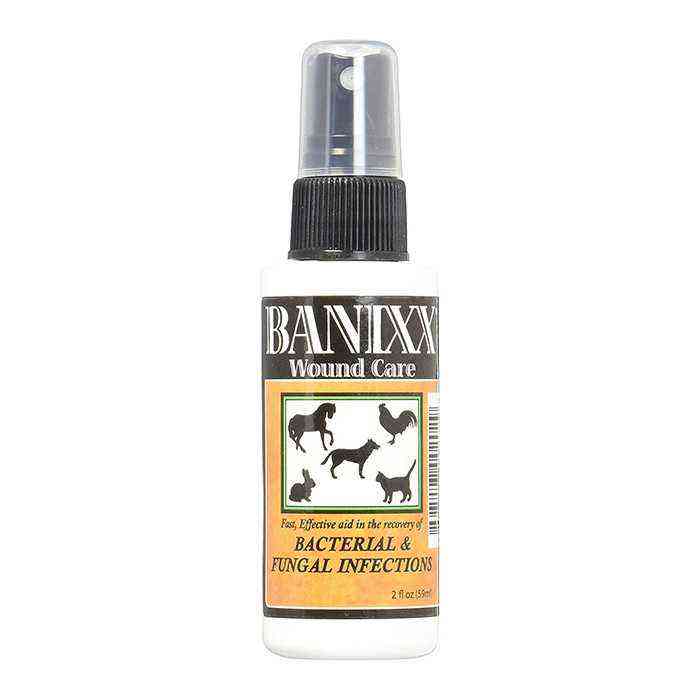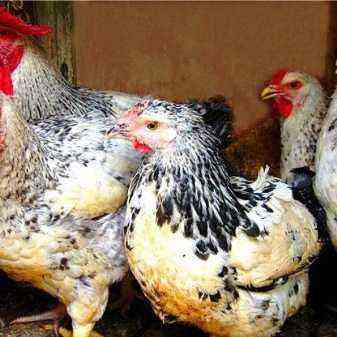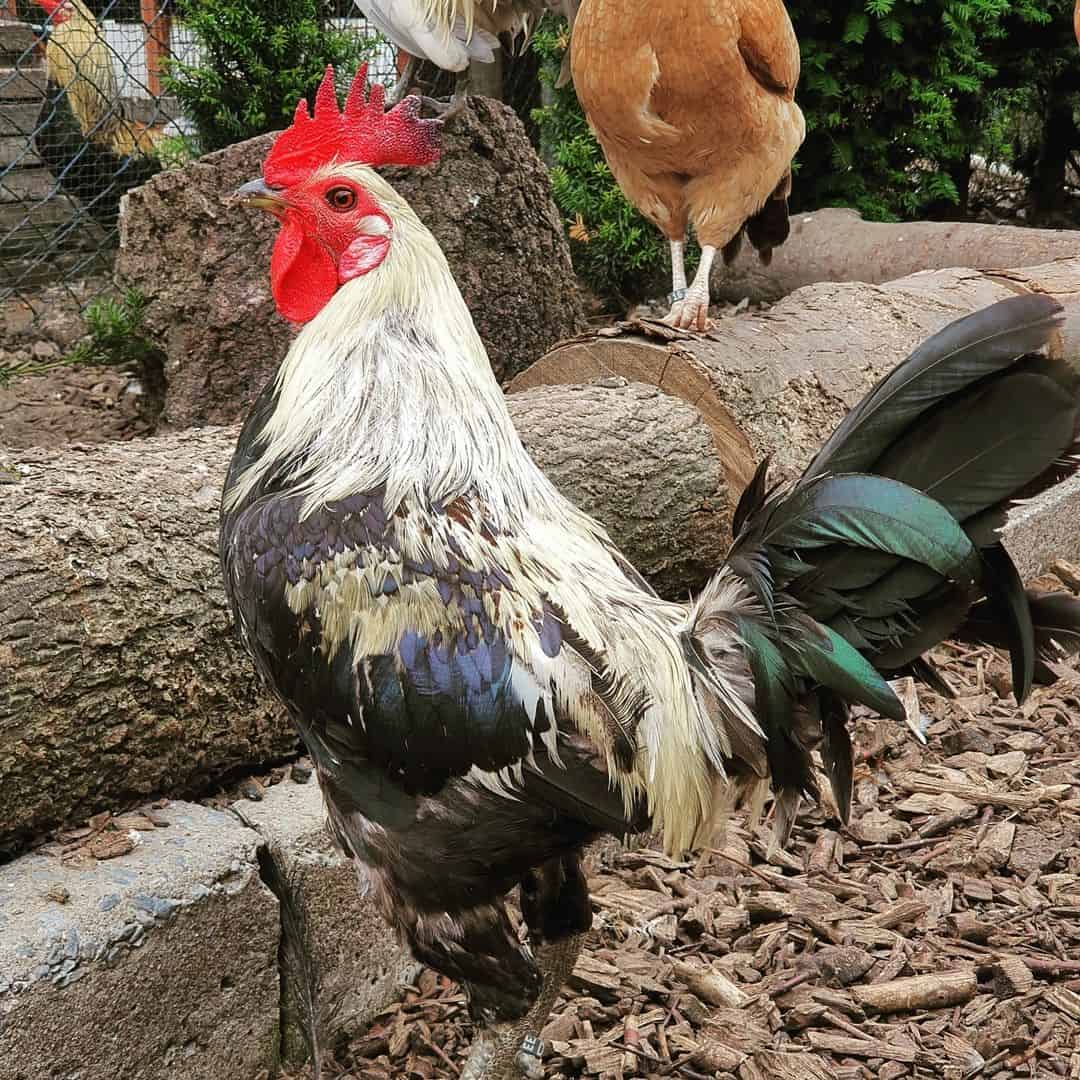There are not only positive aspects in breeding chickens in the backyard: tasty meat and daily production of eggs, but also negative aspects, the main of which is bird disease. One of the most common viral infections in feathered pets is infectious bronchitis. It is a disease that affects the respiratory system, reproduction, and also reduces the productivity of laying hens.
All sex and age groups of chickens are susceptible to diseases, but infectious bronchitis carries the greatest danger to young individuals – chicks up to thirty days of age. The main sources of infection are the “neighbors” in the chicken coop – those individuals who have been ill with this disease. They are carriers of the virus, which persists in the body of feathered pets for up to 100 days. Chickens transmit the infection through saliva, droppings, fluid released from their nose and eyes, and roosters also through “seed”. Therefore, you can catch the “infection” everywhere: through the general food from the same feeder and drinker, when kept in the same chicken coop, located nearby on perches, even through the clothes of the household owner and bird care items.
As a rule, infectious bronchitis worsens in feathered pets in spring and summer. It can occur together with other bacterial and viral diseases and leads first to a decrease in the productivity of chickens, and then to their death. We must also not forget that this infection is dangerous for humans.
Laying hens transmit the virus to offspring, which die in 60% of cases. Surviving chicks grow poorly and gain weight. Therefore, eggs from sick individuals cannot be used to breed feathered offspring.
In chickens, infectious bronchitis manifests itself in the form of difficulty breathing, coughing, sneezing, wheezing, poor appetite, exhaustion, conjunctivitis, drooping wings, nervousness, puffiness under the eyes, neck curvature. Adult sick individuals reduce productivity, lay eggs with a soft shell, lower their wings, breathe heavily, whistling, drag their legs, they have nervousness, feces are green, hemorrhage occurs in the bronchi and trachea.
When treating chickens, they should be placed in a warm room with good air exchange, suitable humidity and without drafts. In the diet of a bird, there must be minerals and vitamins. It is necessary to control secondary infections, regularly disinfect the place where feathered pets are kept. For this, chemicals such as chlorturpentine, aluminum iodide, Virkon C, Glutex, Lugol’s solution are used. Processing is carried out twice a week. Sick individuals remain indoors and are treated with sodium hypochlorite with XNUMX% chlorine, while walls and other surfaces are disinfected with XNUMX% hydrogen peroxide.
To prevent further spread of the infection, it is necessary to stop incubation for two to three months, and not to take eggs and poultry out of the household. But the main precaution is to vaccinate the chicks at the right time.
